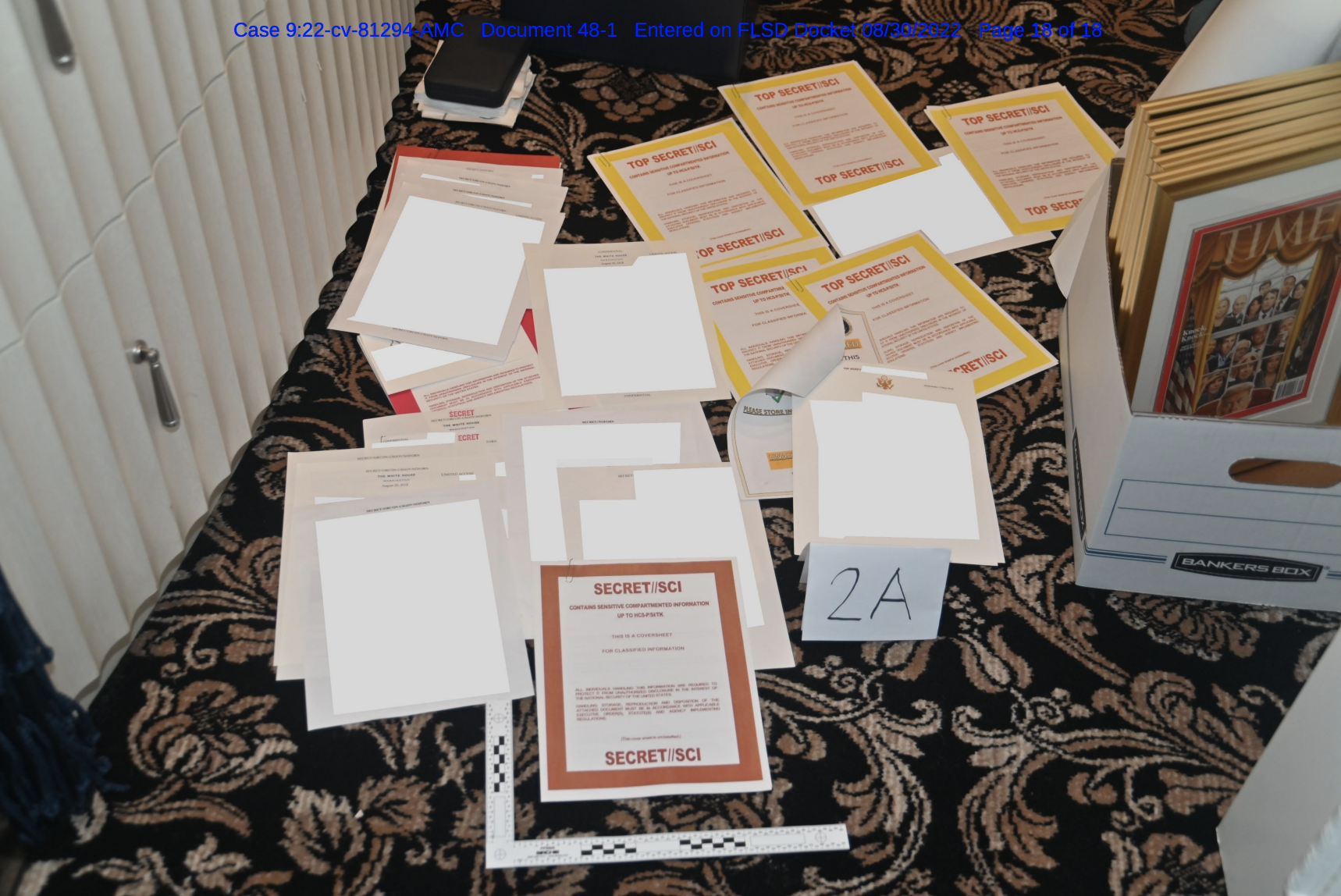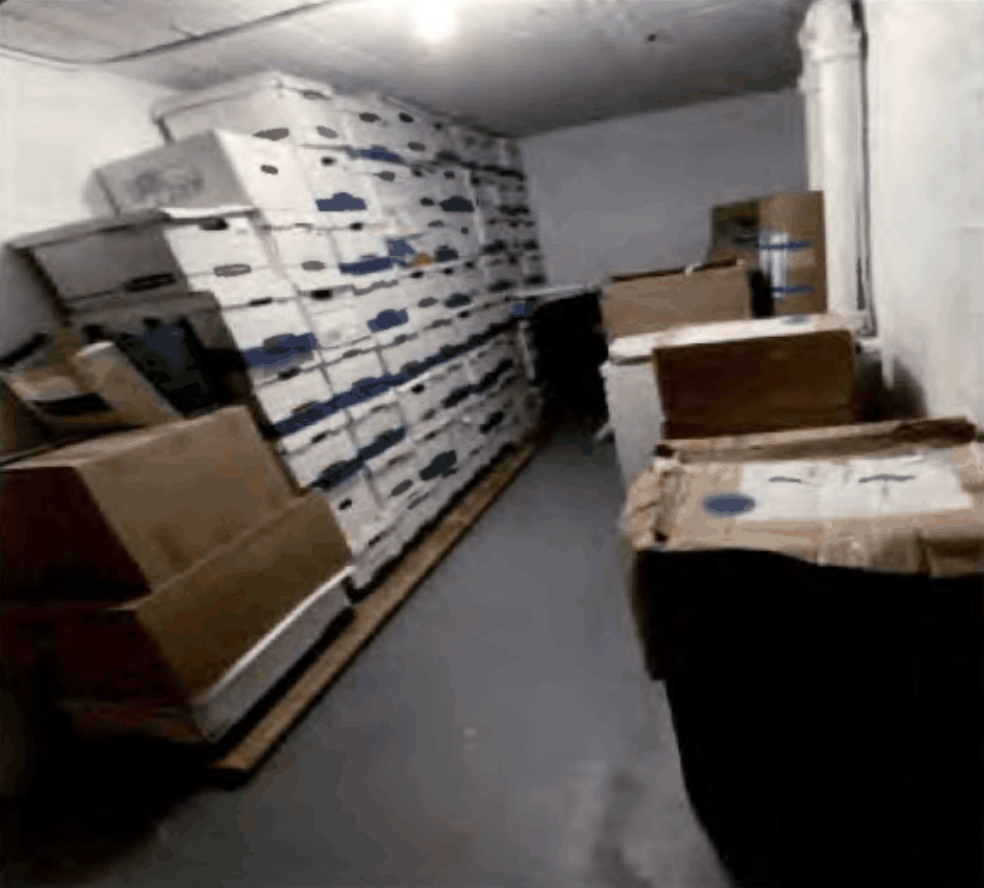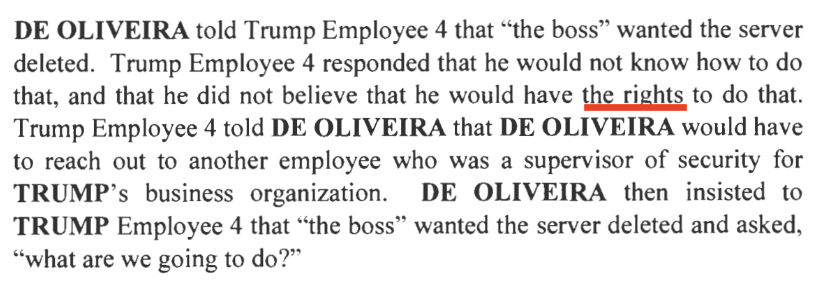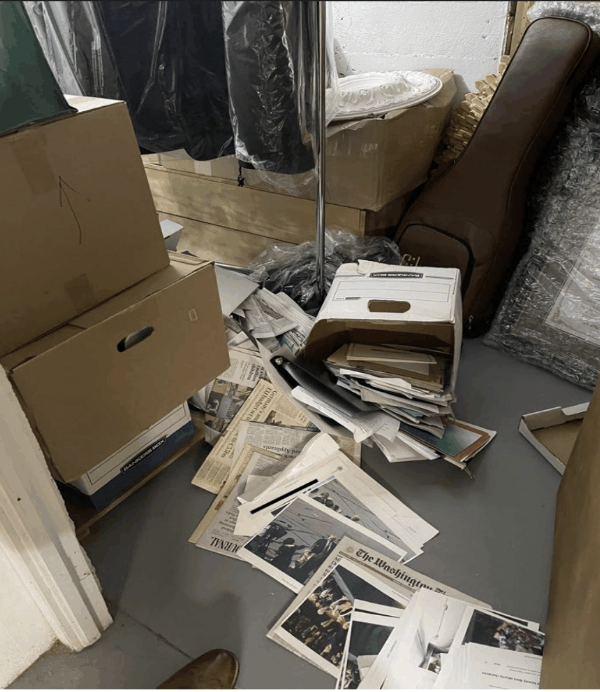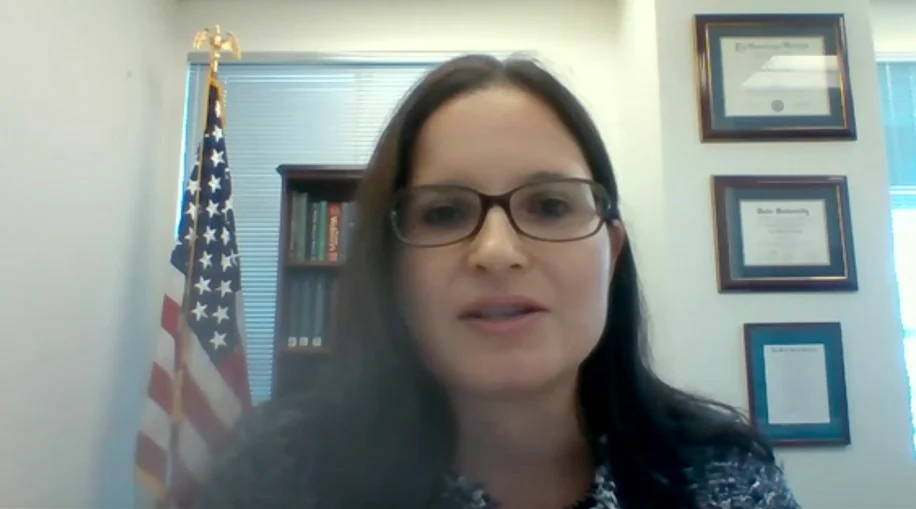Stan Woodward Wants to Give Walt Nauta a Need to Know the Contents of the Stolen Documents
The headline revelation in DOJ’s renewed bid for a classified protective order in the Trump case is that Trump wants to be able to discuss classified documents with his attorneys in his offices, which the government correctly notes, “seeks permission to do so in the very location at which he is charged with willfully retaining the documents charged in this case.”
I’m sure we’ll come back to that, particularly if Judge Aileen Cannon entertains Trump’s demand seriously (under CIPA the government could immediately appeal any decision to the 11th Circuit).
But I’ve been more interested in Walt Nauta’s demand: that he get to see all the stolen classified documents charged in the indictment.
Defendant Nauta objects to language that limits his personal access to classified information, as opposed to access by his cleared counsel;
[snip]
Defendant Nauta is charged only with obstruction and false statement offenses related the movement and concealment of Defendant Trump’s boxes; the contents of the classified documents contained in the boxes, and the national defense information that they contain, are not material to proving or defending against those charges. Moreover, Defendant Nauta’s counsel will have the opportunity to review the classified discovery, and should they see a need to share any particular classified documents with Defendant Nauta, counsel will have an opportunity to raise the issue with the Government and the Court.1
1 The Government intends to provide to Defendant Nauta’s counsel all classified discovery identified to date.
[snip]
As explained, Defendant Nauta has no need to review the contents of the classified information. His cleared counsel will have full access to the documents in preparing his defense, and the protective order will allow Nauta to seek permission to review classified information personally if he establishes a need to know. The procedure set forth in the Government’s proposed protective order appropriately balances the need to protect classified information while allowing Defendant Nauta’s counsel the ability to assess the documents.
I assume this is one more effort from Stan Woodward — who is being paid by Trump’s PAC — to test the boundaries of Judge Cannon’s indulgence, a tactical move to figure out how much the defense team can get away with.
This is, in my opinion as someone who has been covering Espionage Act cases for over 15 years, an ill-considered move.
As I noted in my first review of the original indictment, Nauta’s alleged overt acts already then fulfilled all the elements of the offense of 18 USC 793(g), conspiring with Trump to hoard classified documents, which would dramatically increase Nauta’s legal jeopardy. Already then, Nauta was at risk of being superseded with charges that expose him to over a decade of prison time, possibly two.
That’s all the more true given the additional acts in the superseding indictment.
Effectively, this demand from Woodward is a request: Please give my client a Need to Know what is in those 32 highly classified documents that Nauta wouldn’t even have had the Need to Know when he was working in the White House.
The one thing that would give Nauta a Need to Know what’s in the stolen documents — as the government intimates — is if Nauta were charged under the Espionage Act, as he could be under 18 USC 793(g).
Which brings me to a key detail in this WaPo story — which reveals that, tomorrow, Trump will disclose he has spent $40M on lawyers, eating up his campaign cash (which makes Will Hurd’s quip from the other night — that Trump is running for President to stay out of prison — pretty timely).
That’s a really important story (and will create still more damning, unprivileged documents for prosecutors to find). But WaPo’s story confirms what I suspected when I focused on ¶91 of the superseding indictment — the one that describes Trump assessing Carlos De Oliveira’s loyalty before he offered to pay for a lawyer — as, potentially, its most important.
Stan Woodward — the lawyer who has decided it’d be a good idea to ask that his client be given a Need to Know what’s in the stolen classified documents — has started to face very serious conflict problems that have been inevitable for months.
Woodward represents at least the following people (I’ll add more when I remember them):
- Peter Navarro (who goes on trial for contempt in September)
- Dan Scavino
- Kash Patel
- Walt Nauta
- Will Russell, who testified on July 20
- Taylor Budowich, who testified in Florida
- Brad Parscale in AJ Delgado’s pregnancy discrimination suit against the Trump campaign
- Kelly Meggs, who has already been sentenced for sedition
- Freddie Klein, the former State Department official who was part of the Tunnel battle, also recently sentenced
- Ryan Samsel, who kicked off the entire riot on January 6
Critically, Woodward was representing Yuscil Taveras, whose recent testimony is one of the things that made it possible to add Carlos De Oliveira (represented by a different Trump paid lawyer) to the indictment and include the Keystone Cops effort to delete footage. That created a conflict between Nauta’s interests and Taveras’, and someone — presumably Chief Judge James Boasberg — appointed a conflict counsel for Taveras, which is what led to Taveras becoming dramatically more forthcoming.
Nauta, who investigators long considered a key witness in the classified documents investigation, has been represented for many months by lawyer Stan Woodward, with Save America footing the bills. Woodward also represents several other Trump-linked clients who have been subpoenaed as part of Smith’s investigations, including an IT worker named Yuscil Taveras.
For much of the classified documents probe, there did not appear to be a conflict between Nauta and Taveras.
After Trump and Nauta were indicted in June, however, Taveras decided he had more he wanted to tell the authorities about his conversations with De Oliveira, according to people familiar with the investigation who spoke on the condition of anonymity to describe private discussions.
Taveras offered information implicating all three defendants in an alleged conspiracy to cover up evidence, these people said.
Legal ethics rules bar attorneys from arguing adverse positions in a case — such as defending one client by cross-examining another client, or advising one person who is testifying to investigators or a grand jury against another.
Once Taveras’s position put him potentially at odds with Nauta’s defense, a judge reviewed the issue, a person familiar with the matter said. A second lawyer — not paid by the PAC — was brought in to provide legal advice to Taveras, who then spoke to investigators, according to people familiar with the matter. [my emphasis]
I’ve been waiting for the moment when DOJ would ask for a conflict counsel to be appointed for Nauta: because Woodward getting paid by a PAC that is under investigation for this spending is, by itself, a potential conflict. But this describes that a judge, probably Boasberg, brought in a conflict counsel for Taveras.
It’s not clear whether Taveras has flipped or just gotten far more cooperative — he fits the description of a person who had received a target letter, so the decision to be more forthcoming may have been entirely about self-preservation.
But Taveras has not only provided damaging testimony about Nauta, De Oliveira, and Trump, but he likely can explain who from Trump Organization in New York participated in the still uncharged successful efforts to delete surveillance footage, who might be able to give someone the rights to do that.
That is, he likely has testimony that could implicate the Matthews Calamari, key players in Trump’s corporate empire.
More importantly, prosecutors will do with Taveras what DOJ did with Cassidy Hutchinson after she described that Stefan Passantino was discouraging her from being all that forthcoming: ask more about the nature of that legal arrangement. They may also ask about Susie Wiles’ role in it (which is also laid out in the WaPo article), which also came up in even Hutchinson’s publicly released testimony about these matters.
And Wiles, of course, is not only the person arranging all this conflicted legal representation for people and now running Trump’s campaign, but she’s also someone who has been involved in the use of the documents; she is also reportedly the person to whom Trump showed a classified document in Bedminster she was not cleared to see.
It’s not just that Trump is spending more on lawyers than he is taking in. But he’s spending on lawyers whose conflicts make this entire scheme a fragile game of jenga.
One that may have started to fall apart.
Update: Trump Employee 5 in the superseding indictment must also have given testimony, which may also be fairly recent. Given that he’s the kind of person who’d be consulted about loyalty, he presumably also was part of the in-house lawyering team.
Update: NYT has their own version of this preemptive limited hangout of Trump’s financial shell game. It mentions the potential legal problem with using funds raised for election security to pay lawyers, but steers clear of the ongoing investigation into it.
The PAC was the entity in which Mr. Trump had parked the more than $100 million raised when he sought small-dollar donations after losing the 2020 election. Mr. Trump claimed he needed the support to fight widespread fraud in the race. Officials, including some with his campaign, turned up no evidence of widespread fraud.
Mr. Trump used some of that $100 million for other politicians and political activities in 2022, but he also used it to pay more than $16 million in legal fees, most of them related to investigations into him, and at least $10 million of which was for his own personal fees.
Save America began 2023 with just $18 million in cash on hand, which is less than half of what was spent on legal bills this year.
Campaign finance experts are divided on whether Mr. Trump is even able to continue to use the PAC to pay for his personal legal bills, as he became a candidate last November.
Update: CNN has confirmed the timeline: Taveras got a target letter after the first indictment, then ditched Woodward, then testified.
Yuscil Taveras, a Mar-a-Lago employee who oversees the property’s surveillance cameras, received a target letter from federal prosecutors after former President Donald Trump was first indicted in June on charges related to his alleged mishandling of classified documents after leaving office, sources told CNN.
[snip]
After receiving the target letter, Taveras changed lawyers because his attorney, Stan Woodward, also represented Nauta, which presented a conflict, sources said.
Update: Added two more Woodward clients.
Update: Added another Woodward client.

